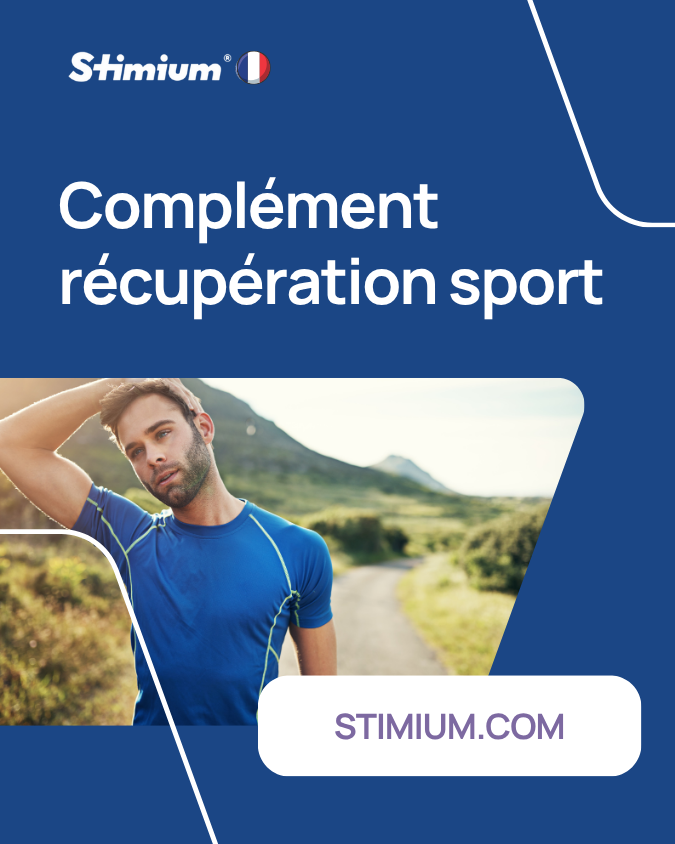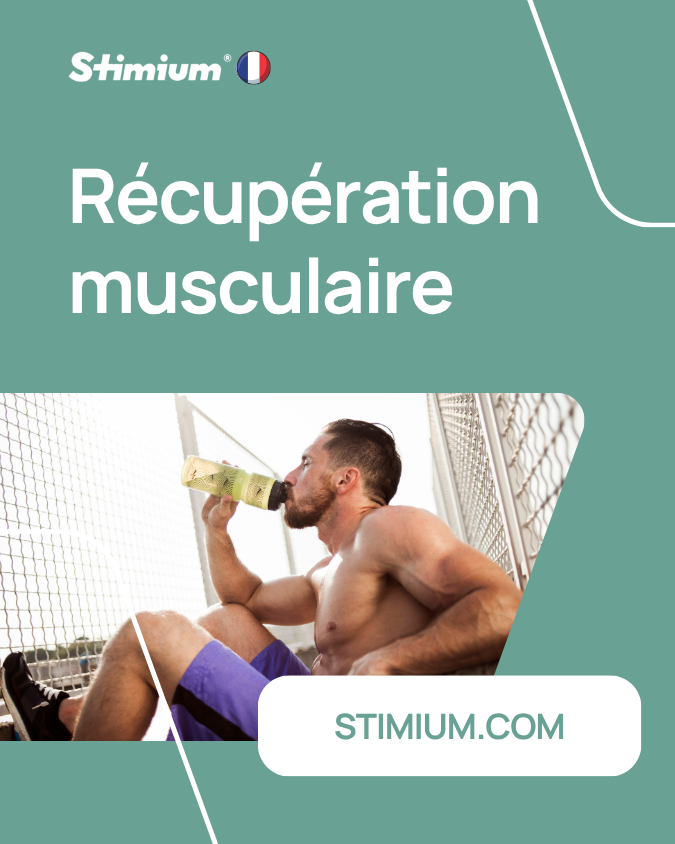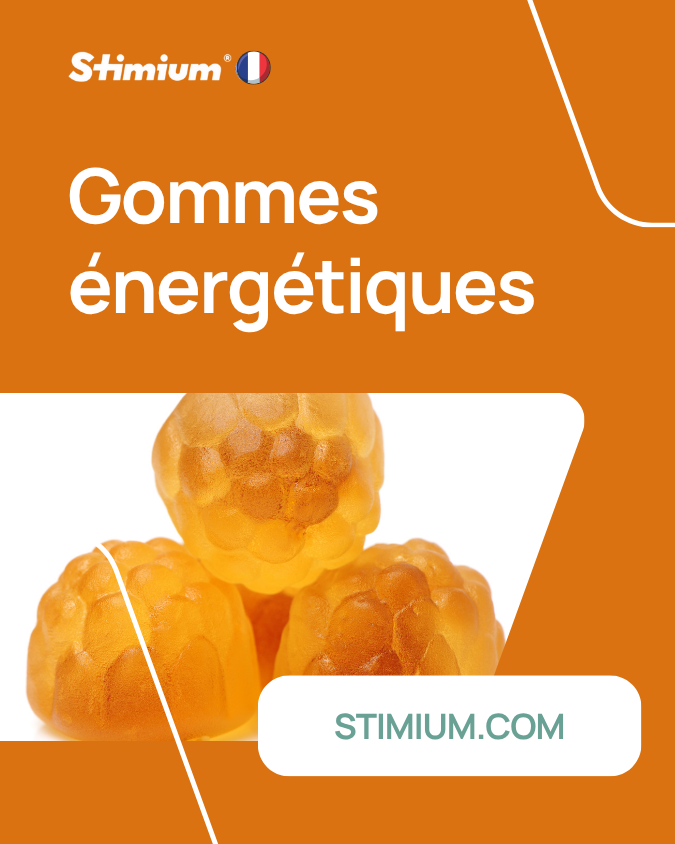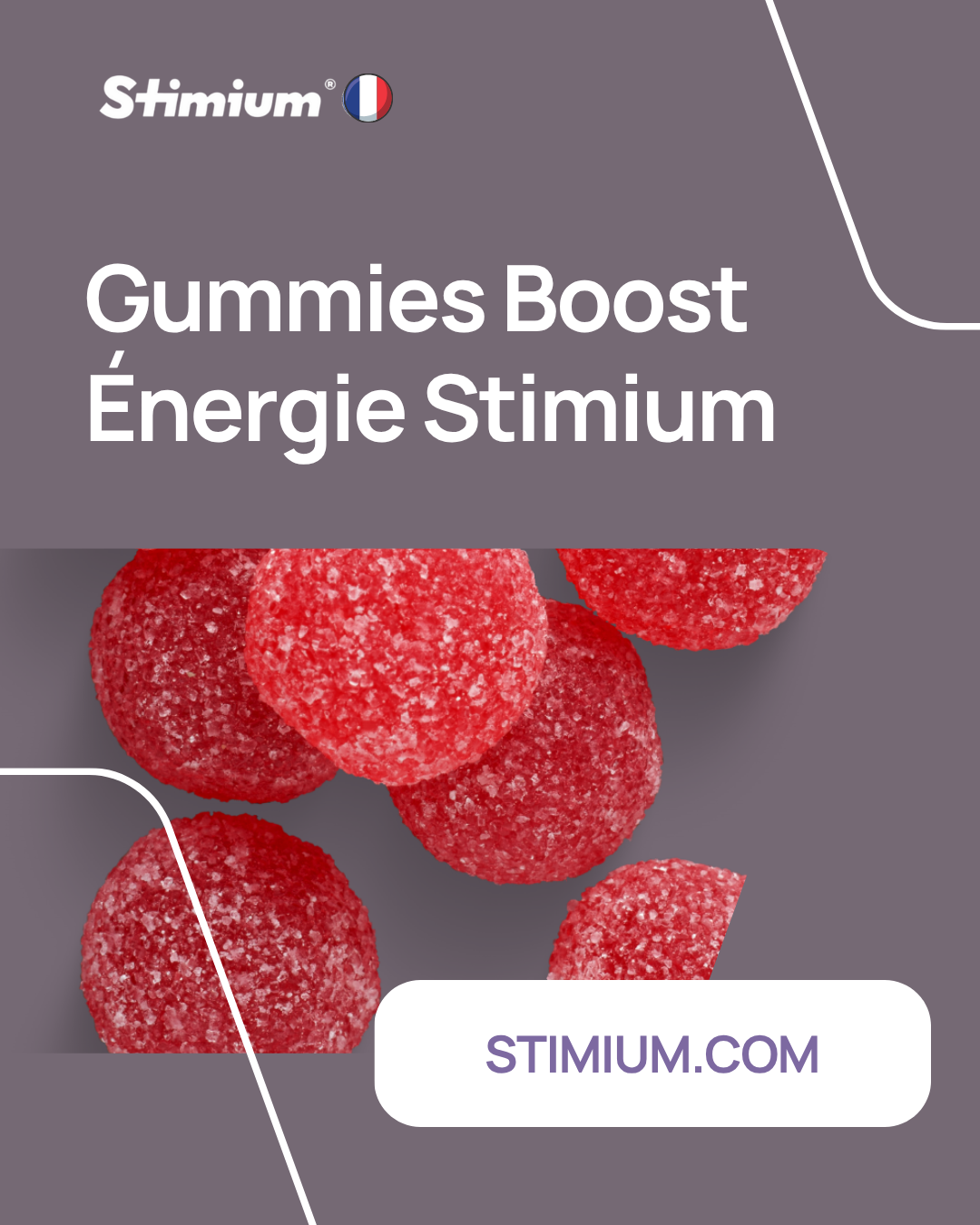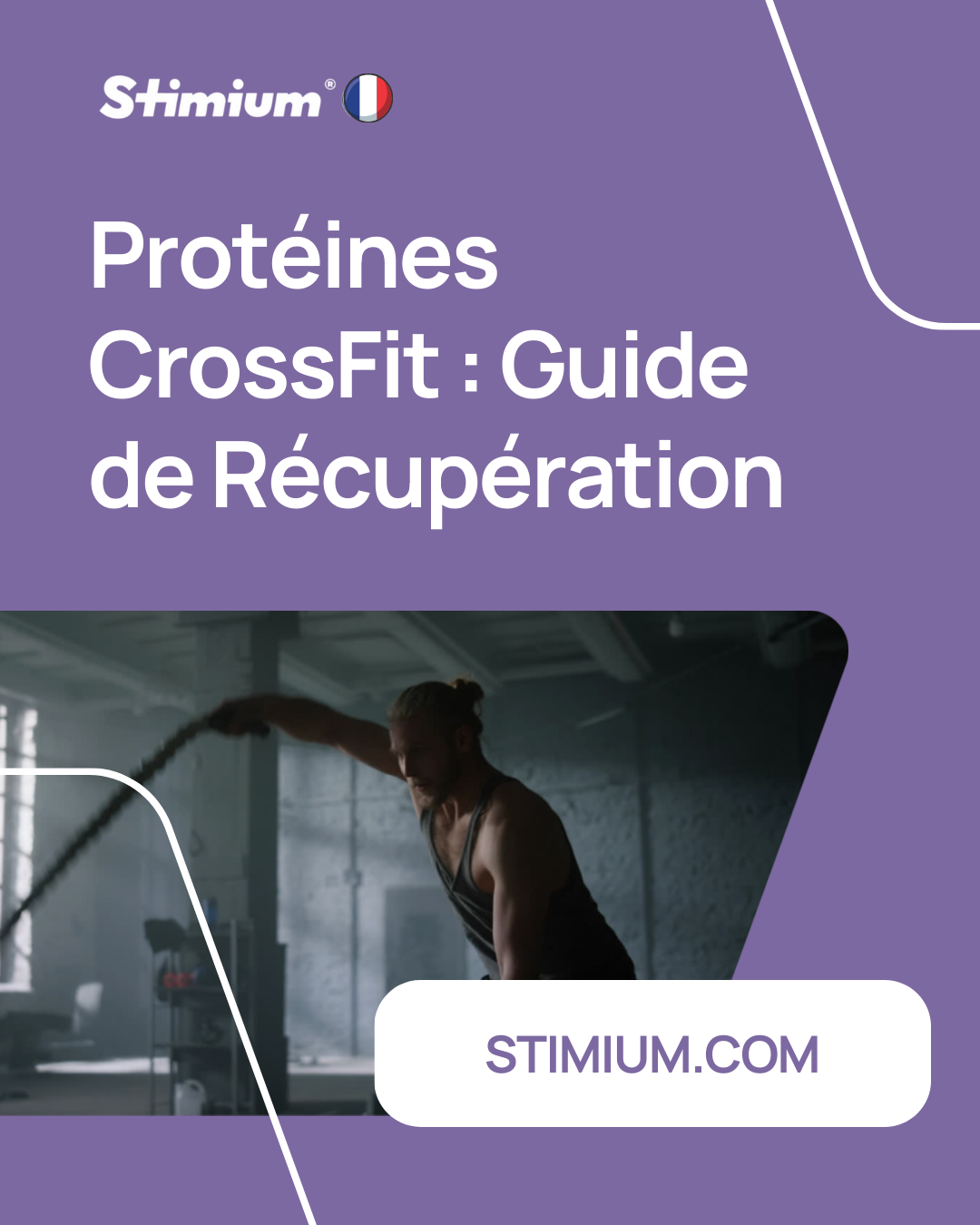Triathlon: training in winter
Snow, ice, lack of light: at times, winter conditions can chill – in every sense of the word – even the most motivated triathlete. ?
Top hearts !
The #TEAM STIMIUM experts offer you some tips that will help you make this period of freezing temperatures a key moment in your preparation, rather than a chore.
5 tips for triathlete winter training
1. Establish your schedule
Too many triathletes still train by feeling and select their races during the season, based on how they feel at the moment. Winter is the ideal time to implement a structured approach.
Choose your priority race of the season, as well as the secondary events that you will use to prepare for this objective and complete your calendar. Within the European Union, very good races are still possible between November and February, particularly in Spain or Greece.
Once you have your running plan established, take some time to research and put together a training program. You will find plenty of them on the Internet. Make sure you select one that matches your level, goals and pace. Obviously adapt your equipment and clothing to this season, with cold, possibly windy and rainy winter.
2. Fix the sores
After an intensive season of racing and training, it is time to take stock of your physical health and the state of your body.
Take a step back and remember the small (and big) injuries you've encountered in recent months. Were they avoidable? If yes, how ? Thanks to more prevention? Thanks to better technology? Have certain pains come back recurrently? If this is the case, do not hesitate to consult a specialist who will help you define the exact cause of your problem.
Speaking of ailments, also focus on those that can handicap your best ally on the road: your bike. Offer him a complete check-up at a good mechanic: he will thank you for it as soon as you return to the asphalt, with performance.
While you're at it, check all of your equipment. If it's time to change shoes, take advantage of this period of lower intensity to get used to your new shoes, to test out a new swimming suit or to review your position on the bike.
3. Swim. Swim. Swim
“Swimming is often the weak point of triathletes,” observes Matt Dixon, coach at Purple Patch Fitness . It is also the most technical sport. To make significant progress, large volumes and frequencies of work are necessary. But in peak season, it's often impossible to dedicate enough time and effort to make significant progress. »
As soon as the weather conditions prevent you from taking your bike out (you can quickly get cold at this time), replace your outing with a few lengths of the swimming pool, it is not impossible that you will find other cycling enthusiasts there who are They will also refine their preparation via 1 or 2km sessions in the pool.
Gordon Byrn, coach at Endurancecorner.com and co-author of Going Long , even suggests choosing a week (or even two for the most motivated) and scheduling a daily swimming session there: "You'll be surprised to see how much this sudden increase in frequency will help you progress.”
4. Work on your strength and flexibility
To optimize your triathlon training during the winter, incorporate exercises different from those specific to your usual three disciplines. Go on running trips in nature with your friends who have started trail running and who always ask you to come with them. If you are lucky enough to live close to our beautiful mountains, this could be the time to try ski mountaineering, ski touring, ski cycling, biathlon, snowshoeing, this type of activity combined with the altitude that can further help you develop cardio and build a strong body.
And otherwise the gym will remain. Work on muscle strengthening by doing a few HIIT or CrossFit sessions. Do not focus on gaining muscle mass but rather on exercises that allow you to work on your explosiveness, your power and your resistance.
Also intensify your stretching sessions , to improve the lengthening of your muscles and thus your range of motion. 1
Also think about yoga: a discipline which has the merit of making you work on strength, flexibility, but also concentration!
5. Write yourself a letter
Yes, you read correctly… ?
The idea here is to take advantage of this pivotal period that is winter to work on your goals.
In addition to your flagship race and your program, which we talked about above, consider an initial progression goal at 3 months. And rather than displaying it in capital letters on the entrance mirror (although it can also be an excellent means of daily motivation), describe this objective in detail in a letter. Develop the reasons that push you, at the moment, to set this goal. Detail how you plan to achieve it. Mention the pitfalls you hope to avoid.
Then give this letter to your spouse, a parent, a friend, a training partner, with the mission of returning it to you in 90 days.
By rereading this letter in 3 months, you will be able to evaluate your progress very precisely. Did you achieve your goal? Was he too ambitious? Or not enough? Have you let yourself be distracted by certain temptations or dulled by the daily grind?
It often happens that we completely forget that we wrote this letter. Which makes reading it, after 90 days, even more informative and emotional!
Your turn…
And you, what are your tips for training well in winter when doing triathlon?
Don’t hesitate to share your tips on our social networks!
For triathlon in winter, in terms of nutrition, we recommend the Stimium Stimium® PreWorkOut Max Range to improve resistance to exercise and prepare the body for muscle strengthening loads, for example if you do intensive home trainer sessions, Stimium BCAA Instant , L-leucine L-isoleucine L-valine L-glutamine to help muscle development , muscle recovery by helping to reduce fatigue linked to exercise, particularly for those who will be in the gym during their winter training, taking a protein to choose from Stimium® [C] Whey , Stimium® Iso Hwy or Stimium® VegPro to maintain a good protein intake sustainably during training phases, even for running or cycling training, Stimium Boost Powder for a complete recharge in the bottle of carbohydrates and vitamins (possibly in a bottle at the edge of the swimming pool during swimming training laps) and Stimium Bacopa for mental training and strengthening concentration. Finally, obviously our Stimium® Boost and Stimium® Pro-Nrj Gums for the immediate energy they provide and the ease of consumption if you continue to run, even after 5 p.m. at night with a headlamp, and Stimium® Mc3 or Stimium® Mc3 powder s to reduce the risk of cramps and combat muscle fatigue linked to training.
1 http://www.ffs.fr/pdf/dss/FFSdtninfo-techno-etirementsski.pdf (Stretching: interests and limits in the context of competitive and leisure skiing | Nicolas Coumly | Published by the Department Sportsman and Scientist of the FFS | MAY 2008)

